Mushroom & Quinoa Soup
As I’ve said before, I don’t plan in advance the recipes I’m going to post here on the blog. I like to be inspired by the seasonal ingredients I buy every week and just create something with them. This week I’ve brought home lots of mushrooms and nettles, so the idea was to post a recipe here that highlighted one of these ingredients (I’m not quite sure if mushrooms and nettles go well together, hence why I didn’t attempt to put both in the same dish – probably a wise decision).
When I cook with mushrooms I like to keep things very simple. I usually just panfry them with lots of garlic and that’s it. However, I kept thinking about a delicious mushroom soup that I’ve made once, following this recipe, and because it’s still incredibly cold around here, I was craving something similar.
My original plan was to use millet in the soup, but I’ve found in the pantry a bag of quinoa 2 days past expiration date (ups) and used it instead. I was lucky enough to find the mushrooms I’ve used in this soup for a very good price, but I don’t want you to spend a fortune on these guys, so feel free to substitute the shiitake and pleurotus for creminis if you like. Also, you can definitely use millet in place of the quinoa, or even brown rice (you’ll just have to adjust the cooking times and probably add a bit more stock than the amount suggested bellow).
Last but not the least: I still have those nettles in the fridge and I’m not sure what to do with them. Have any of you cooked with nettles before? What should I do with them? Suggestion board is open. Thanks in advance! : )
Mushroom & Quinoa Soup
serves 4
250 g / 1 large onion, finely chopped
3 garlic cloves, minced
1 Tablespoon olive oil
25-30 g / 1 big chunk fresh ginger, peeled and minced
6 grams dried porcini mushrooms, soaked in 1 cup hot water (do not discard the water)
140 g / 1 large portobello mushroom, chopped into medium sized chunks
105 g shiitake mushrooms, coarsely chopped
200 g pleurotus mushrooms, coarsely chopped
150 g / ¾ cup quinoa
4 cups low sodium vegetable stock
3 Tablespoons tamari sauce
2 Tablespoons lemon juice
salt and freshly ground black pepper to taste
In a large pan over medium heat, add the oil, onion, garlic and ginger. Cook for 3-4 minutes, or until the onion has softened.
In the meantime, heat a dry skillet over medium-high heat and, once hot, add the quinoa. Toast the quinoa, stirring often, for 3 minutes or until it’s fragrant and only slightly brown in color.
Add the rehydrated porcini followed by the portobello, shiitake and pleurotus mushrooms. Give the mixture a good stir and add the quinoa, followed by 1 cup of the porcini soaking water and 4 cups vegetable stock.
Bring the liquid to a boil and, once boiling, decrease the heat to low-medium and simmer for 15-20 minutes, or until the quinoa is cooked. Add the tamari sauce, stir, and have a taste. If it’s not salty enough to your liking, add salt (I had about ½ teaspoon).
Right before serving, add the lemon juice and freshly ground black pepper. Serve immediately garnished with chopped parsley and panfried tofu, if desired.
My Take on Harira
When I was a kid (probably 6 or 7 years old) my parents took me on a road trip to the south of Spain. Eventually, after hours and hours of driving under a massive sunlight, we arrived at Gibraltar (which technically is a British territory). Since we were so close to the north of Africa, I proposed we could go to Morocco, something that unfortunately didn’t happen as the plan was to stay for about a week in Málaga.
Flash-forward to date and I have yet to go to Morocco. Until then, I will try to continue to bring Morocco to me by exploring its cuisine and making my own versions of dishes such as tagine and harira. The latter – a chickpea and lentil soup – is traditionally made with meat (which I obviously don’t consume) and, sometimes, rice and vermiccilli noodles. The soup is cooked for a long period of time – sometimes over an hour – and thickened up with a couple tablespoons of flour, almost verging on a hearty stew. It is a one pot meal, and what a delicious and filling one… I’ve been having Harira for dinner for the last couple of days and I can tell for sure it is the best lentil-based soup I have ever made. Its heart-warming nature makes it just the perfect meal for the few cold winter nights we still have ahead.
Harira
(serves 6 to 8)
½ cup / 95 g dried chickpeas, sorted, soaked overnight, rinsed and drained
1 cup / 215 g puy lentils
3 tablespoons olive oil
1 medium onion / 1 cup / 130 g finely chopped
3 garlic cloves, peeled and finely sliced
2 medium carrots / 1 cup / 130 g cut into small cubes
1 teaspoon ground cinnamon
2 teaspoons ground ginger
2 teaspoons cumin seeds, coarsely pounded in a mortar
½ teaspoon freshly ground black pepper
a pinch of red pepper flakes
1 can / 2 cups / 450 ml canned tomatoes, liquidized in a food processor
5 ½ cups water
1 ½ teaspoons sea salt
1 tablespoon cornstarch
2 lemons, quartered
1. In a large pot over medium heat add the oil, onion, garlic, carrots, cinnamon, ginger, crushed cumin seeds, pepper and pepper flakes. Sauté for 5 minutes or until the onion has softened. If the mixture seems dry and the spices start to stick to the pot, add up to ¼ cup of water to loosen things up a bit.
2. Add the liquidized canned tomatoes, chickpeas and 5 cups of water to the pot. Turn the heat up to medium-high and let the liquid come to a boil. Once the liquid is boiling, lower the heat to low, cover the pot with a lid and cook for 30 minutes.
3. After that time, add the puy lentils and cook, covered, for another 30 minutes.
4. In the meantime, in a small bowl, combine the cornstarch with ¼ cup of water. Stir well so that the cornstarch dissolves completely.
5. At the very last minute of cooking, add the salt as well as the cornstarch mixture to the soup. Give it a good stir with a wooden spoon (it will thicken up a bit thanks to the cornstarch), have a taste and adjust the seasoning. Serve in large bowls, adding a splash of lemon juice to each individual serving.
Pea, Apple and Ginger Soup
When I was a kid, sundays were the days I used to dislike. I didn’t really adapt well to the kindergarten, and in the late afternoon of every sunday, I’d feel quite sad about the fact that Monday morning I had to go there. As a child, I was indeed a pretty unsocial human being: I didn’t speak much, and I’d most likely run away when other children would come to talk/play with me – fortunately, I’d overcome this extreme shyness as I was growing up, even though some of it has remained throughtout the years and I’m afraid to assume it still remains as part of my adult personality.
It might sound weird, but I do think my photographic obsession with still lifes has a lot to do with my childhood and those distressed sunday afternoons. Still lifes are always melancholic, quiet, and perhaps also a bit enigmatic. On the same hand, their classical concept involves the presence of food and some other elements (such as sheets of paper, hardcover books, feather pens, and so on) that, when combined together, almost always make for bucolic, serene scenes.
It’s also surprising that usually, in still lifes, food and writing tools are placed together. It’s as if the first couldn’t live with the latter. Food isn’t dissociated from writing, and that’s also the reason why I find, in the still life, the basis of food writing.
So today is Sunday, seven o’clock in this part of the world – unlike some years ago, there’s no drama involved as I don’t have to go to school tomorrow. My afternoon, as many of my sunday afternoons, was spent in the kitchen, making a big pot of pea soup and a couple other things to be enjoyed throughout the week. It’s not a traditional pea soup the one I’ve prepared today: sweet apples were used as well as a good amount of freshly grated ginger. The end result: you have sweetness from the peas and apples, freshness from a couple leaves of mint, and a light heat from the ginger. Both flavor and texture are well balanced – almost as every still life composition seems to so effortlessly be - contributing for a subtle, yet tasty, outcome.
Pea, Apple and Ginger Soup
(makes 4 servings)
1 large onion (180 grams), finely cut
2 tablespoons olive oil
¼ cup freshly grated ginger
2 medium-sized sweet apples, such as Starking and/or Red Delicious, peeled, cored, and cubed (about 230 grams)
400 grams frozen peas
1 teaspoon fleur de sel
4 cups (1 liter) light stock
1 small handful (10 grams) fresh mint, finely chopped, plus a few leaves, for garnishing
100 ml oat cream (optional)
1. In a large pot over medium heat, heat 2 tablespoons of olive oil. Add the onion and cook for 2 to 3 minutes, or until it starts to soften. Add the ginger, fleur de sel and apples and cook for additional 2 minutes.
2. Add the stock and bring to a boil. Once boiling, add the peas and let the mixture boil for 2 to 3 minutes, after which you should reduce the heat and let the soup simmer for 10 minutes, or until the peas and apples are cooked.
3. Remove the pot from the stove. Transfer the soup to a food processor (you can also use an hand blender) and process for 2 minutes or until the soup is creamy and totally smooth. Serve immediately, garnished with a few mint leaves and a couple tablespoons of oat cream, if desired.
Recipe remotely inspired by The Millenium Cookbook
Note: The still life pictures shown here were taken by me and are part of personal projects.
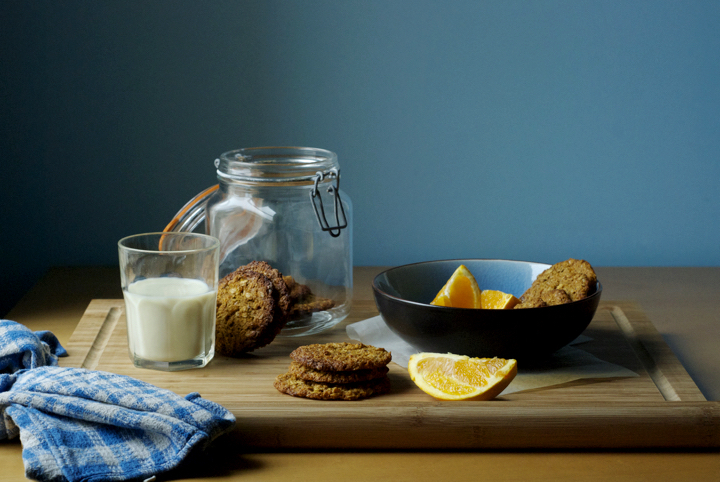
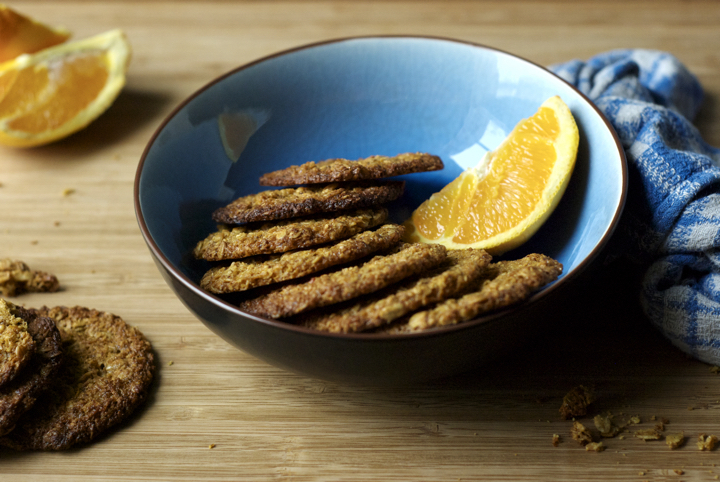
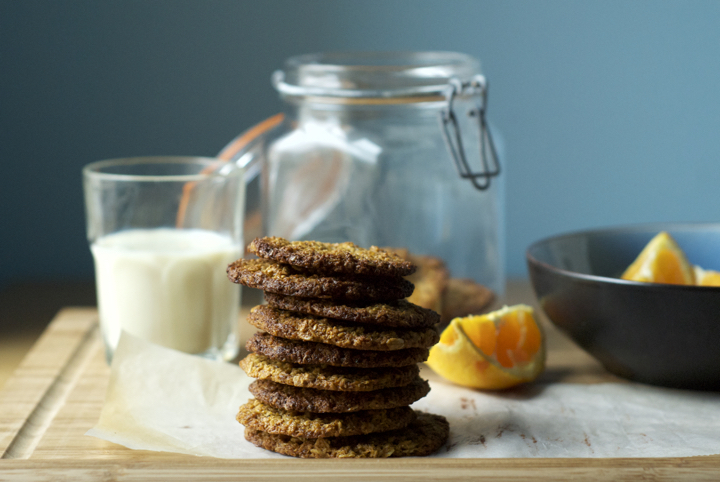
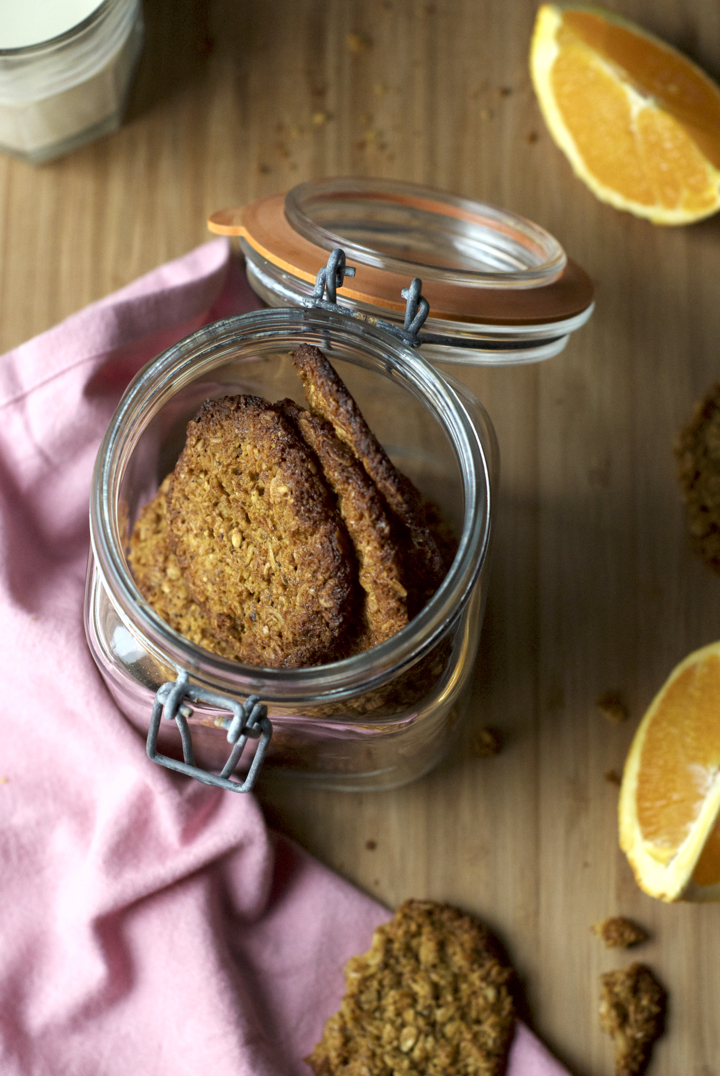
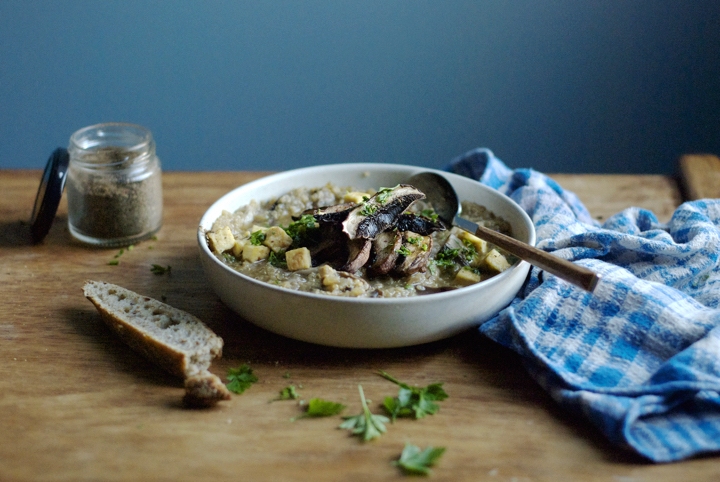
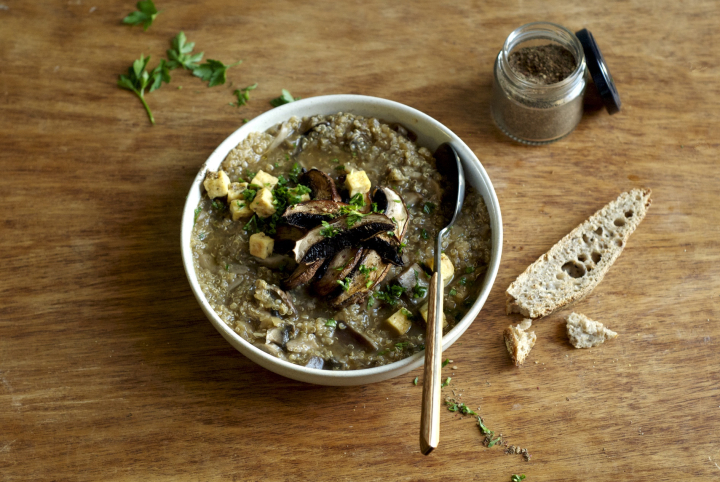
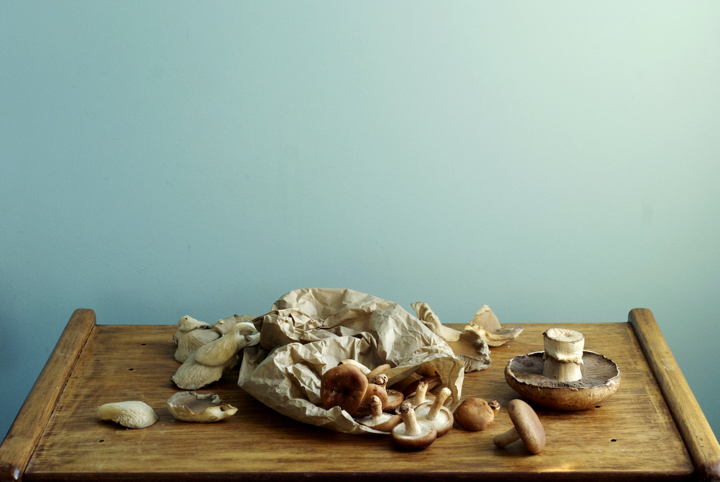
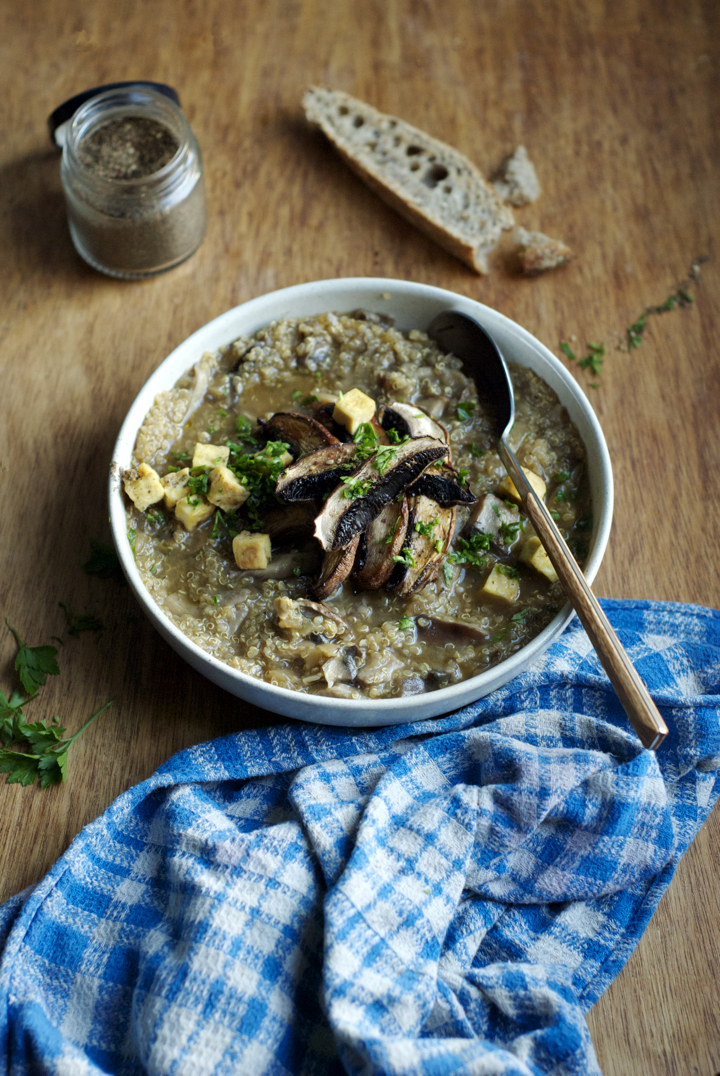
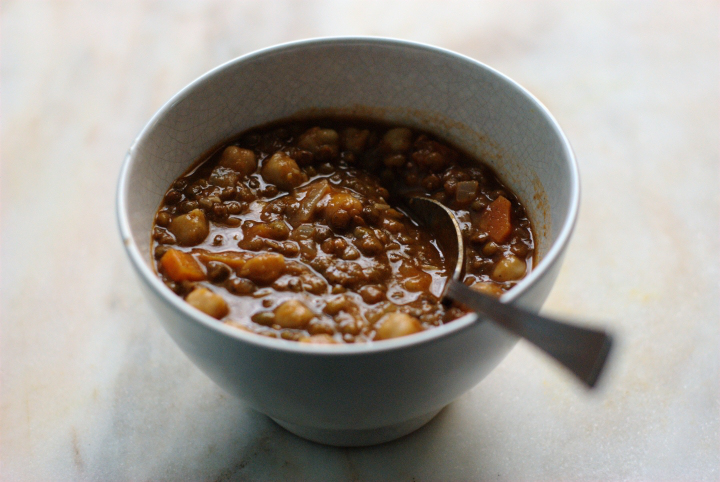
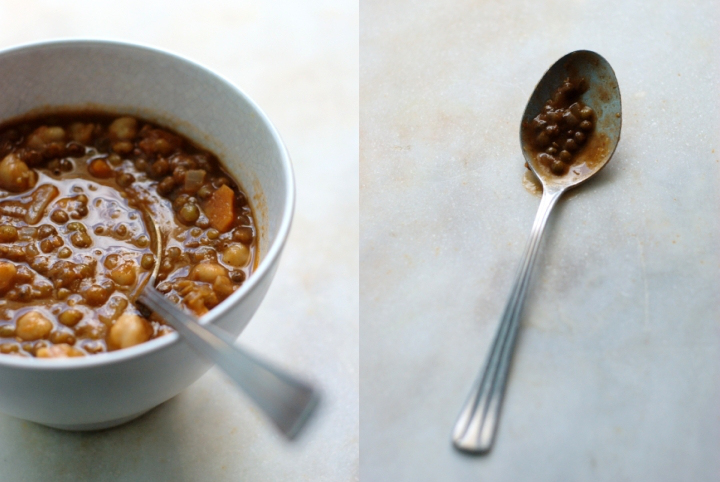
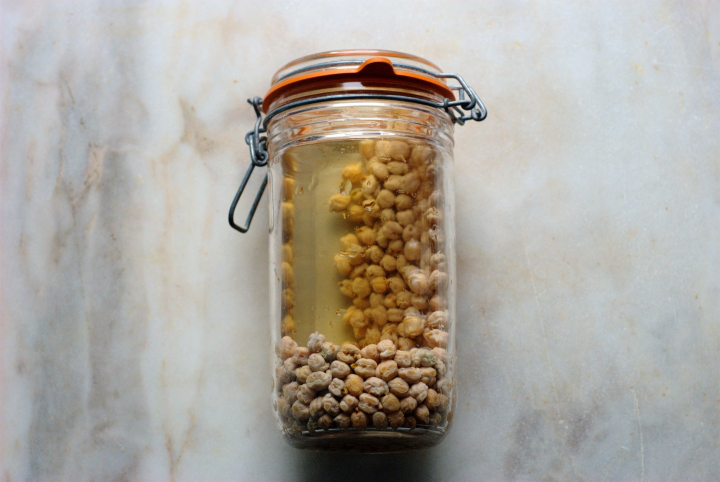
8 comments